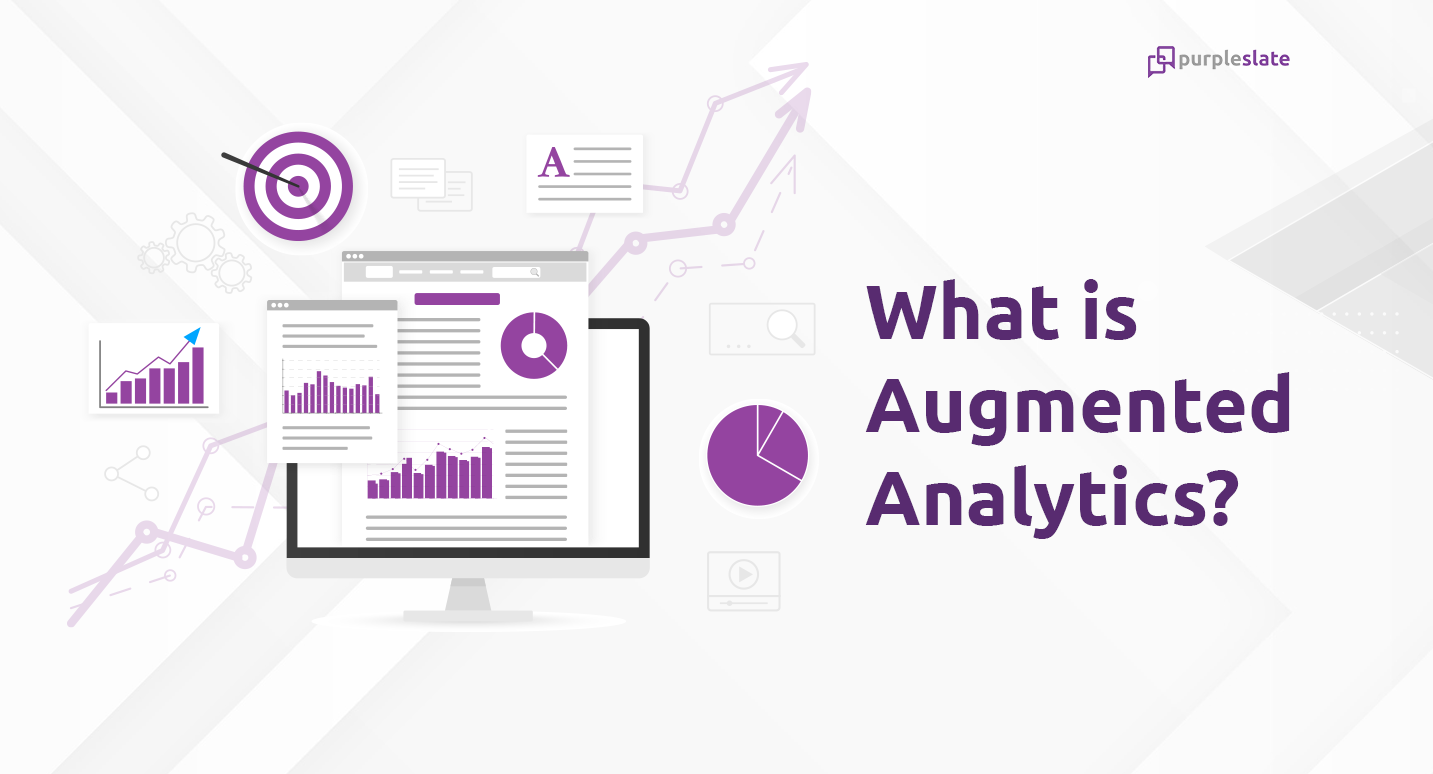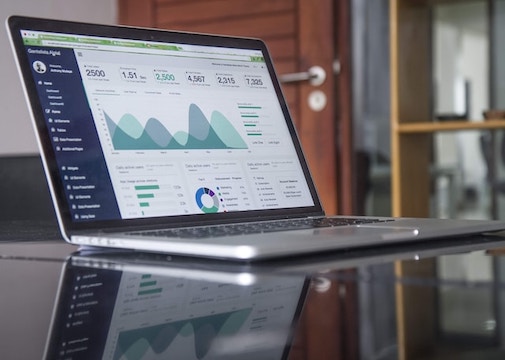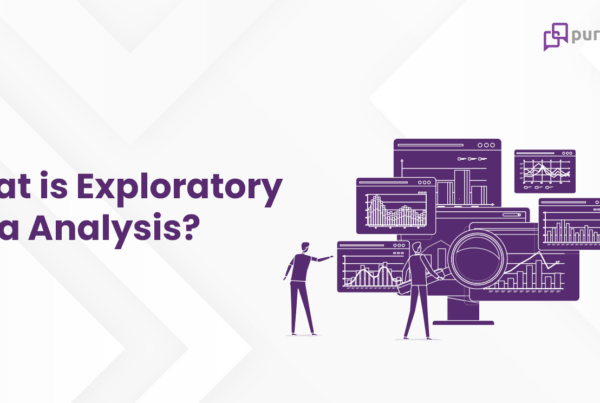
Definition
Defining Augmented Analytics
Augmented analytics is the marriage of Artificial Intelligence (AI) with business analytics. It’s a new frontier in data science where AI and business intelligence are combined to create an automated process that allows companies to derive insights from their data more quickly, accurately, and cost-effectively. Artificial intelligence is a field of computer science and philosophy that aims to create machines that can perform tasks that are typically associated with human intelligence, such as recognizing patterns or making decisions.
AI has been around for decades, but it’s only recently that the technology is being used to help businesses transform their data. AI is used to help with a broad range of business tasks, from helping to find things (such as customers’ interests), to creating new products and processes. The process of aligning AI with business analytics is known as “augmented analytics.”
What is Artificial Intelligence?
Artificial intelligence, or AI, is a field of research that aims to create machines that can perform tasks that are typically associated with human intelligence, such as recognizing patterns or making decisions.
AI is also used in healthcare, where it is used for diagnosis, for example, to see if a person has a particular disease. AI is also being used to bring convenience to many tasks, from booking flights to ordering food. AI is also being used in financial services, using computer models to predict which customers are likely to repay their loans and which are likely to default.
There are many different types of AI, but all have one thing in common – they are both “automated decision-making processes that analyze data and then take action based on the results.” You can think of them as a computer system that can make decisions about its own operations or about the functions or products of a business.
Key differences between AI and Augmented Analytics
AI is about building a machine that can make decisions based on data. In contrast, augmented analytics is about combining AI with existing business processes to make those processes faster, more accurate, and cheaper. The relationship between AI and business analytics has been growing rapidly in the past few years, and the two fields are now being used together by many companies. While AI is about automating decision-making, augmented analytics is about automating the data-driven process of creating insight.
Benefits of Augmented Analytics
The combination of AI and business analytics can help to create automated solutions that make decisions based on data, which is known as automated decision-making. This can result in a number of benefits including the following:
- Faster insights – AI can help to speed up the process of AI, by identifying patterns in data that human analysts may have missed.
- Optimized costs – AI can help to optimize costs and resource usage by using machine learning, while also identifying cost-saving opportunities.
- Better quality insights – AI can help identify the most important insights from your data, which can help improve your insights’ quality.
- More contextual insights – AI can use the context of data to make more contextual decisions, for example by selecting an action based on the user’s previous actions.
How to Implement Augmented Analytics?
To take these benefits to their full potential, AI and business analytics must work in tandem to create fully automated solutions. To achieve that goal, you need to follow these steps:
- Decide on your data strategy – The first step is to decide what data strategy best suits your company. This will determine where your data will live and the type of solutions that you need to collect and store it.
- Design your data strategy – Next, you will need to design your data strategy. This will include determining the right data types, and their relationships to one another. Using this strategy will drive the design of your data architecture, which is the structure and organization of your data.
- Locate your AI – Once your data strategy is designed, you will need to look for AI that is best suited to your data strategy. This will help you to select an AI technology that works best with your data type and structure.
- Integrate your AI – The final step in this process is the integration of your AI solution with the rest of your business operations. This will allow users to start using your AI solution, and it will also let you see how best it works in your specific business context.
Conclusion
By incorporating AI into your data-driven processes, you can achieve faster, more accurate, and cost-efficient insight. These benefits can be achieved through the use of AI-powered business analytics, which in turn can be achieved through the implementation of augmented analytics. As the implementation of AI into business analytics continues to grow, businesses will see the benefits they can reap from these technologies. The marriage between AI and business analytics can help your company to make smarter decisions with data and create a better experience for both customers and employees.




